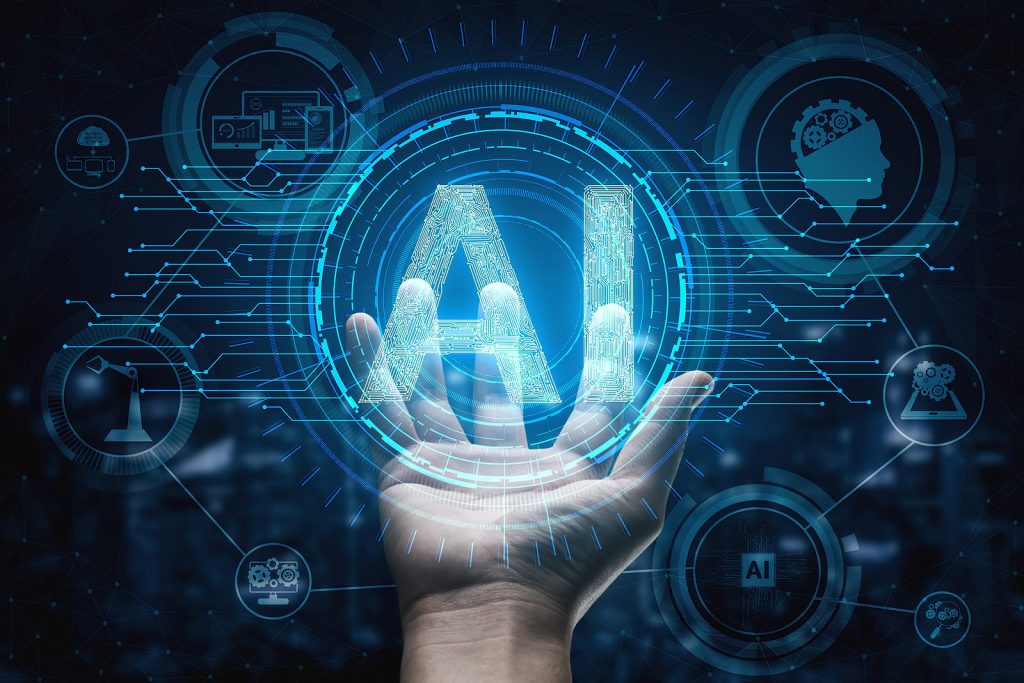How AI is changing the world of business

Here are some key aspects of artificial intelligence:
-
Perception: AI systems can perceive and interpret their environment using various technologies such as computer vision, speech recognition, and natural language processing. These technologies enable machines to understand and interact with the world through visual, auditory, and textual data.
-
Reasoning and Decision Making: AI systems use algorithms and computational models to reason, analyze information, and make decisions based on available data. They can process large amounts of data and identify patterns, correlations, and trends to derive insights or make predictions.
-
Learning and Adaptation: AI systems can learn from experience and improve their performance over time. Machine Learning (ML) algorithms enable machines to learn from data inputs, recognize patterns, and adjust their behavior accordingly. This includes supervised learning, unsupervised learning, and reinforcement learning techniques.
-
Problem Solving: AI systems are designed to solve complex problems by employing logical reasoning, optimization algorithms, or search algorithms. They can evaluate different solutions, consider constraints, and determine the most optimal course of action.
-
Natural Language Processing (NLP): NLP allows machines to understand, interpret, and generate human language. It involves tasks such as speech recognition, language translation, sentiment analysis, and chatbots that can communicate and interact with humans in a natural and meaningful way.
-
Robotics: AI is often integrated into robotic systems, enabling them to perceive their environment, make decisions, and perform physical tasks. AI-powered robots can be used in various fields, including manufacturing, healthcare, and exploration, to automate processes and interact with the physical world.
AI has numerous applications across various domains, including healthcare, finance, transportation, entertainment, and customer service. It has the potential to revolutionize industries and improve efficiency, productivity, and decision-making processes.
It's important to note that AI can be categorized into two types: Narrow AI and General AI. Narrow AI refers to AI systems that are designed for specific tasks or domains, while General AI aims to develop machines that possess the same level of intelligence and capability as humans across different domains. Currently, most AI applications are in the domain of Narrow AI.
Effective Use Cases of AI in different fields
Artificial Intelligence (AI) has a wide range of effective use cases across various industries. Here are some examples of how AI is being utilized:
-
Healthcare: AI is used in medical imaging to assist with the analysis and interpretation of medical scans such as X-rays, MRIs, and CT scans. It helps identify anomalies, detect diseases, and assist in diagnosis. AI is also used in drug discovery, patient monitoring, and personalized medicine.
-
Finance: AI is employed in the finance industry for fraud detection and prevention by analyzing patterns and anomalies in financial transactions. It is also used in algorithmic trading to make informed investment decisions, credit scoring, and risk assessment.
-
Customer Service: AI-powered chatbots and virtual assistants are being used to provide automated customer support, answer frequently asked questions, and assist with basic inquiries. Natural Language Processing enables these chatbots to understand and respond to customer queries in a human-like manner.
-
Transportation and Logistics: AI is utilized in autonomous vehicles for tasks such as object detection, path planning, and decision-making. It helps improve safety, efficiency, and reduce accidents. AI is also used in logistics and supply chain management to optimize routes, manage inventory, and predict demand.
-
Retail and E-commerce: AI is employed in recommendation systems that provide personalized product recommendations based on user preferences and behavior. It is also used for demand forecasting, inventory management, and pricing optimization. AI-powered visual search allows customers to find products by uploading images.
-
Manufacturing and Automation: AI is used in manufacturing processes for quality control and defect detection. It enables predictive maintenance by analyzing sensor data to identify potential equipment failures before they occur. AI-powered robots and cobots are used for tasks such as assembly, picking, and packaging.
-
Natural Language Processing and Translation: AI enables machines to understand, interpret, and generate human language. It is used in machine translation services, voice assistants, sentiment analysis, and language processing applications.
-
Cybersecurity: AI is employed in cybersecurity to detect and prevent cyber threats. It can identify patterns of malicious activities, detect anomalies in network traffic, and enhance security systems' capabilities to protect against cyberattacks.
These are just a few examples of how AI is effectively applied in various industries. The potential of AI is vast, and its applications continue to expand as technology advances and new use cases are discovered.





